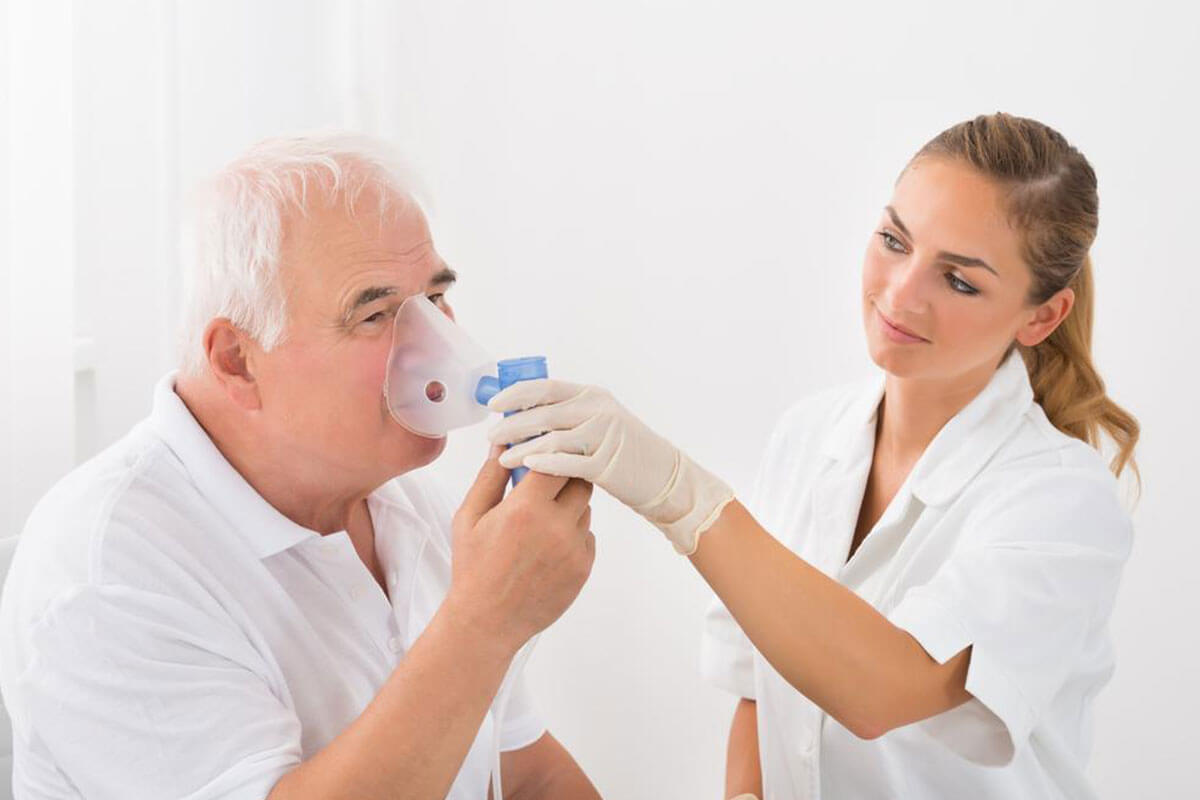Everything You Need to Know about the Stages of COPD Disease

Chronic obstructive pulmonary disease (COPD) is a serious condition which makes breathing difficult. The lungs no longer function to their full capacity and this leads to COPD diseases such as chronic bronchitis and emphysema. There are 4 progressive stages of the COPD disease that worsen with time if not treated immediately. Here’s what you need to know.
COPD is actually a lung disease that is life-threatening. This disease causes uncontrolled coughing and excessive production of mucus, shortened breaths, wheezing, tightening of the chest, and many other symptoms that cause difficulty in breathing. These symptoms of COPD worsen over time. The airways and air sacs of the lungs get damaged and inflamed as the alveoli of the lungs begin swelling resulting in excessive production of mucus. Generally COPD leads to the slow malfunctioning of the lung, and this condition could worsen if any of the symptoms are triggered. COPD is not contagious, and is often diagnosed among people from the age group of middle aged people to older adults
COPD can be categorized into the following types: emphysema and chronic bronchitis. Patients suffering from emphysema have difficulty in exhalation since the linings inside the air sacs of the lungs are damaged quite often due to smoking, excessive exposure to pollution or any other allergens. Depending on the severity of the illness the following are various progressive stages of COPD disease:
- Stage 1 – Mild COPD
Patients having slight limitations in the airflow of the lungs enter the first stages of COPD disease. This stage is characterized by chronic cough along with an increase in the production of mucus. Often people who are in these stages of COPD disease are not even aware of it till their condition begins to deteriorate. In order to monitor the lungs, physicians conduct various nominal lung tests in this stage. Ensuring that the lungs are functioning well is important, as you may become susceptible to other illnesses if your lungs are suffering due to one of the stages of COPD disease.
- Stage 2 – Moderate COPD
The functioning of the lungs worsens in these stages of COPD disease. Symptoms like uncontrolled coughing, sputum production, and shortened breaths begin to surface in the second stage of COPD diseases. Patients complain of the symptoms of this disease often after they reach stage 2 and then seek medical help. Treatment in this stage involves prescribed medication from the physician, and the use of COPD breathing machines like nebulizers and inhalers that help air to reach the lungs directly by covering the mouth and nose with a mask connected to the COPD breathing machine.
- Stage 3 – Severe COPD
COPD is a progressive disease. If the symptoms begin to worsen during the day or night, it’s quite likely that the patient has reached stage 3 of COPD disease. Excessive coughing and abnormal production of mucus are symptoms that result from limited airflow in the lungs. Oxygen therapy is recommended in this stage, as patients are sometimes also susceptible to various infections, colds or flu during this time. Treatment in this stage is continued from stage 2, which is inclusive of non-invasive ventilators, invasive ventilators, and bronchodilators depending on how the lungs are functioning at these stages of COPD disease.
- Stage 4 – Very Severe COPD
The quality of the patient’s life is highly impaired by the time their illness progresses to stage 4 of COPD disease. COPD exacerbation or a flare-up of the symptoms are often life-threatening in this stage. Airflow from the lungs is even further reduced, and the beginning of chronic respiratory failure can be seen in these stages of COPD disease. Complications such as cor pulmonale could arise in this stage. It is a condition where failure of the right side of the heart is caused as a result of increased blood pressure in the pulmonary artery. The pulmonary artery is a vessel carrying blood from the heart to the lung, which gets enlarged and eventually leads to heart failure due to very severe COPD. Treatment in this stage of COPD disease involves chronic ventilation, where a tube is inserted in a hole made in the neck that connects to the trachea. This tube is then directly connected to the ventilator. This procedure is called as tracheostomy.
It is important to understand that the categorization of the stages of COPD diseases only helps in understanding the severity of the illness. The first step to improving your quality of life in all stages of COPD disease is understanding what is happening inside your body and seeking the right medical help.


